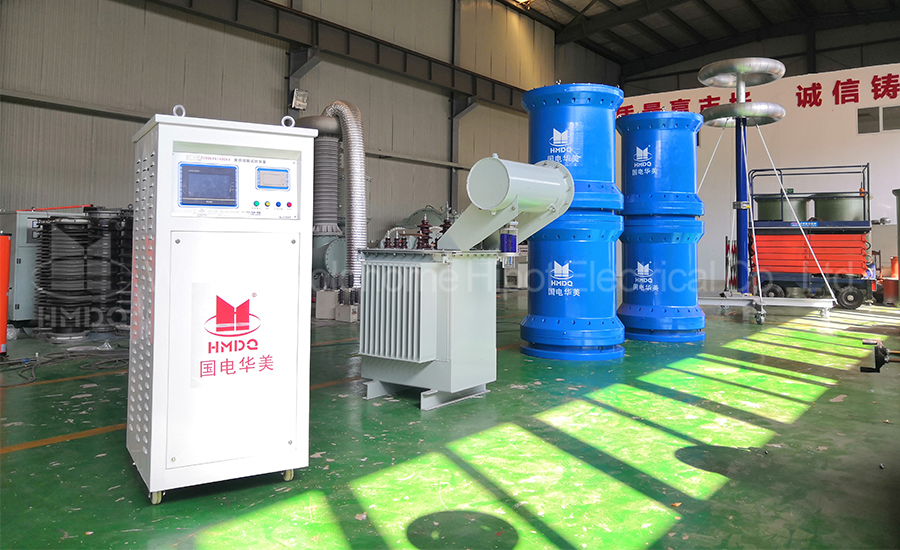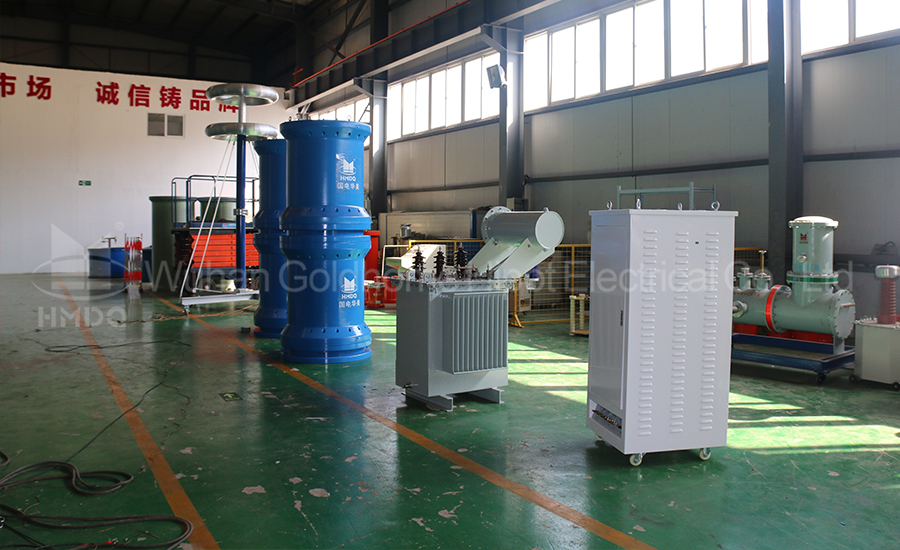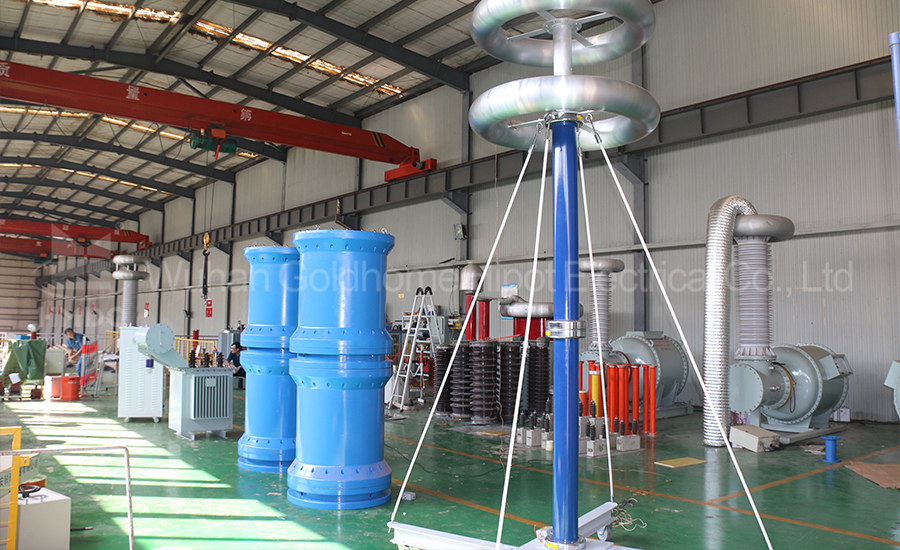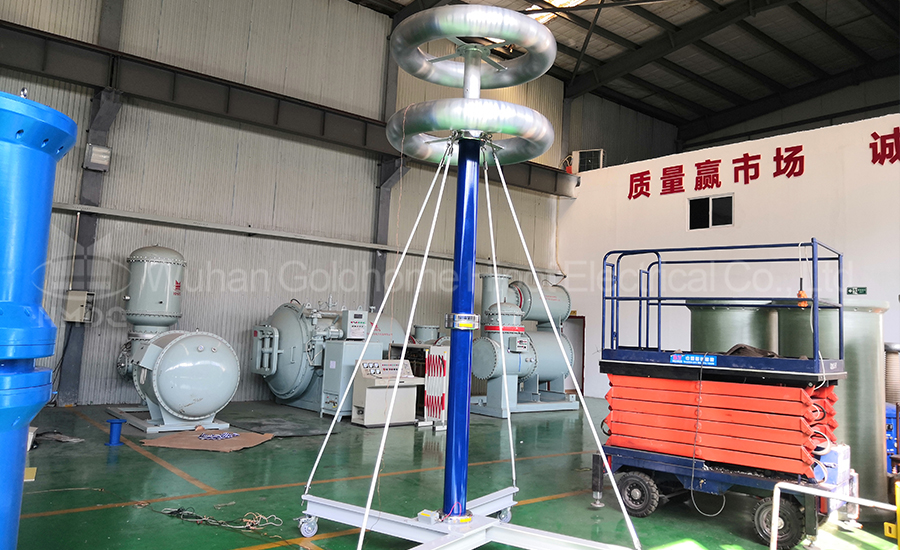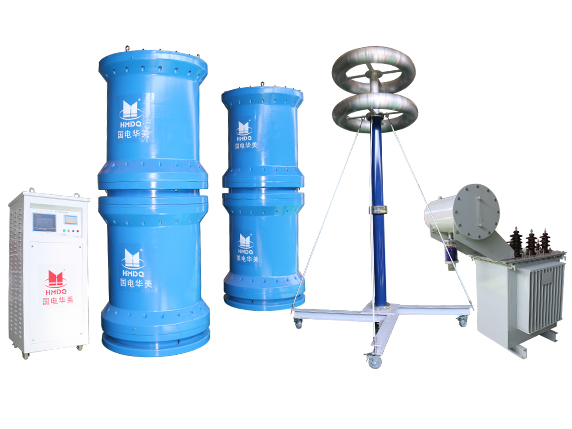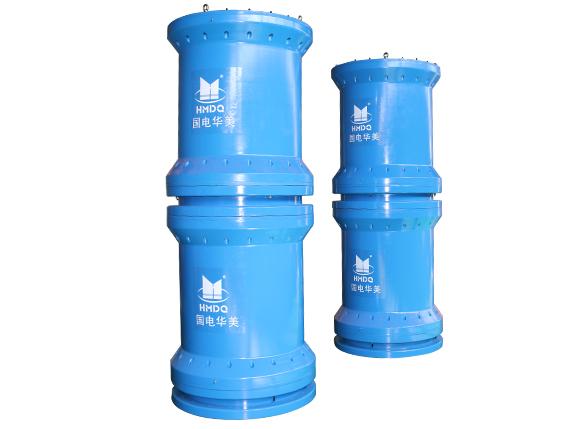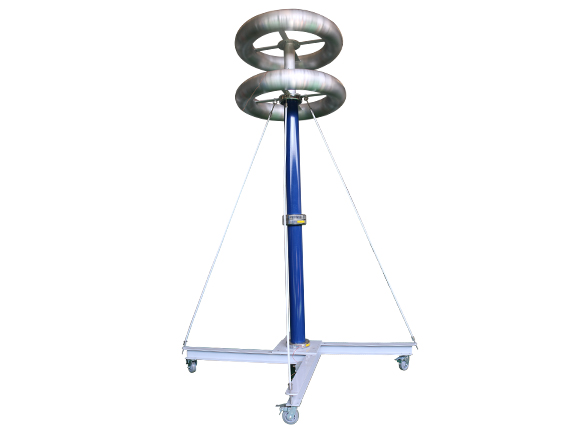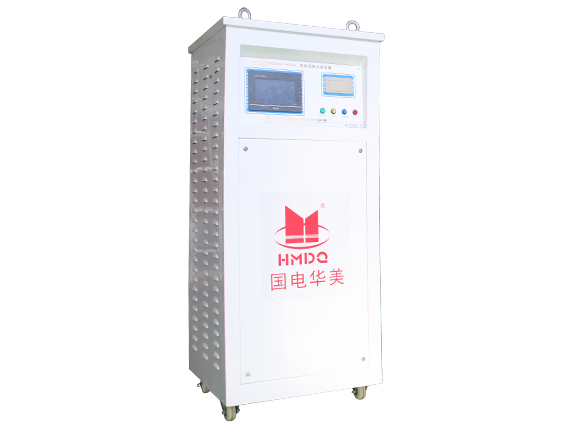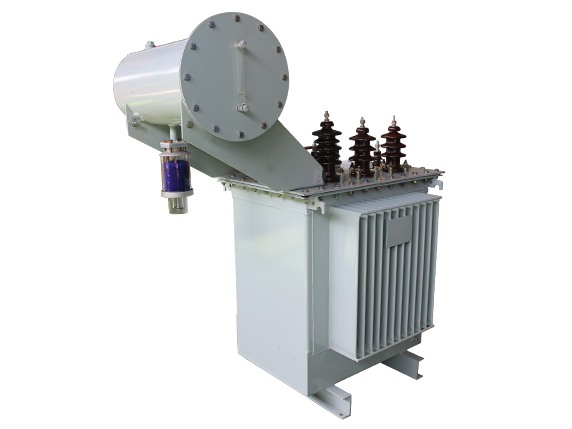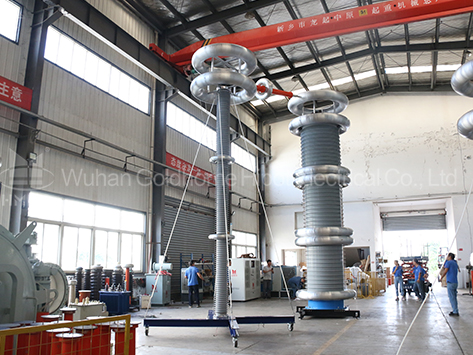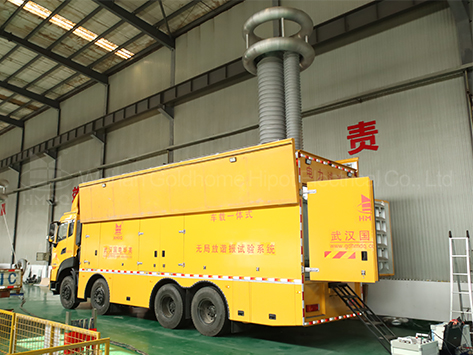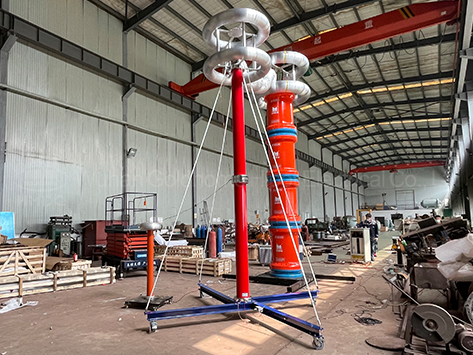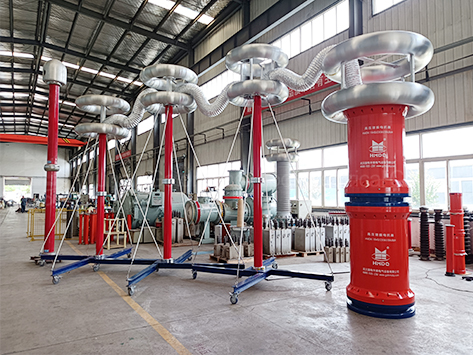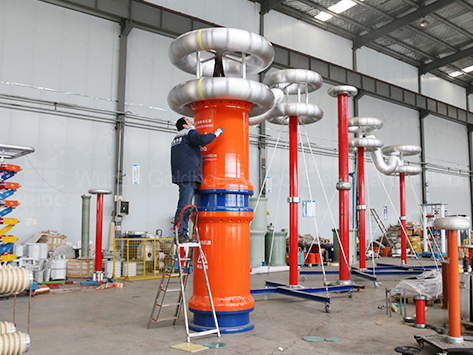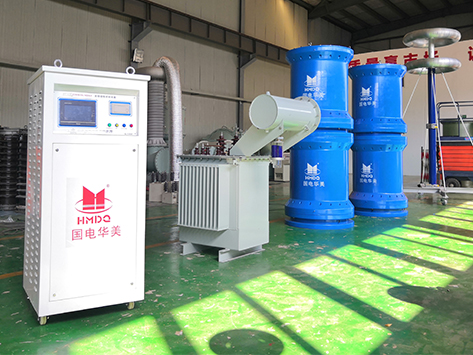Resonant system with Variable Frequency to Test On-Site Power Cables
Applications:
A resonant system with variable frequency can be used to test on-site power cables for their performance and reliability. This type of testing system allows for the simulation of various operating conditions and frequencies that the power cables may encounter in real-world applications.
-
 Strictly FAT Test
Strictly FAT Test -
 Third-party Calibration
Third-party Calibration
-
Response within
24 hours -
Free warranty
12 month -
On-line training
Support
Profile:
The resonant system works by generating a controlled AC voltage at a specific frequency, which is then applied to the power cables under test. By varying the frequency of the applied voltage, the system can simulate different operating conditions and identify any potential weaknesses or issues with the cables.
This type of testing is particularly useful for assessing the performance of power cables in variable frequency power systems, such as those used in renewable energy applications or industrial settings. It can help to ensure that the cables can handle the dynamic and changing frequencies without experiencing excessive losses or overheating.
In addition, the resonant system can also be used to detect any potential defects or weaknesses in the cables, such as insulation breakdown or partial discharge, which could lead to failure under normal operating conditions.
Overall, a resonant system with variable frequency is a valuable tool for testing on-site power cables and ensuring their reliability and performance in real-world applications.
Features:
- The device has protection functions such as overvoltage, overcurrent, zero start, system detuning, and high-voltage flashover faults. The overvoltage and overcurrent protection values can be set according to user needs. When the test sample flashes over, the flashover protection will act and record the flashover voltage value for test analysis.
- The entire device is lightweight, with a maximum weight of no more than 40kg, making it convenient for on-site use.
- The device has four working modes, allowing users to flexibly choose according to the on-site situation, thereby improving the test speed. The working modes are: full automatic mode, manual mode, automatic tuning manual boosting mode.
- It can store, print data in real time, and print data remotely. The stored data is numbered for easy identification and retrieval by users.
- When the device automatically sweeps frequency, the frequency starting point can be arbitrarily set within the specified range, and the sweep direction can be selected upward or downward. At the same time, the color LCD screen displays the scanning resonance, boosting, and timing curves, making it easy for users to intuitively understand whether the resonance point has been found.
- It adopts DSP platform technology, which allows for convenient addition, reduction of functions, and upgrades according to user needs, making the human-machine interface more user-friendly.
Parameter:
- Rated Voltage:400kV - for 220kV/110kV power systems, transformers, insulators, high-voltage circuit breakers, and GIS AC withstand voltage tests.
- Output Voltage waveform distortion rate: <1.0%
- Allowable continuous operation time: 30 minutes for one-time operation under rated conditions, and 60 minutes for cable withstand voltage tests.
- Device power factor: Q > 50
- Power factor at full load during cable testing: Q > 30 (load dependent)
- Input power supply: Three-phase 380V/single-phase 220V
- Frequency adjustment range: 30Hz to 300Hz
- System measurement accuracy: 1.0%
- The device has protection functions such as overvoltage, overcurrent, and zero start.
Pictures:
